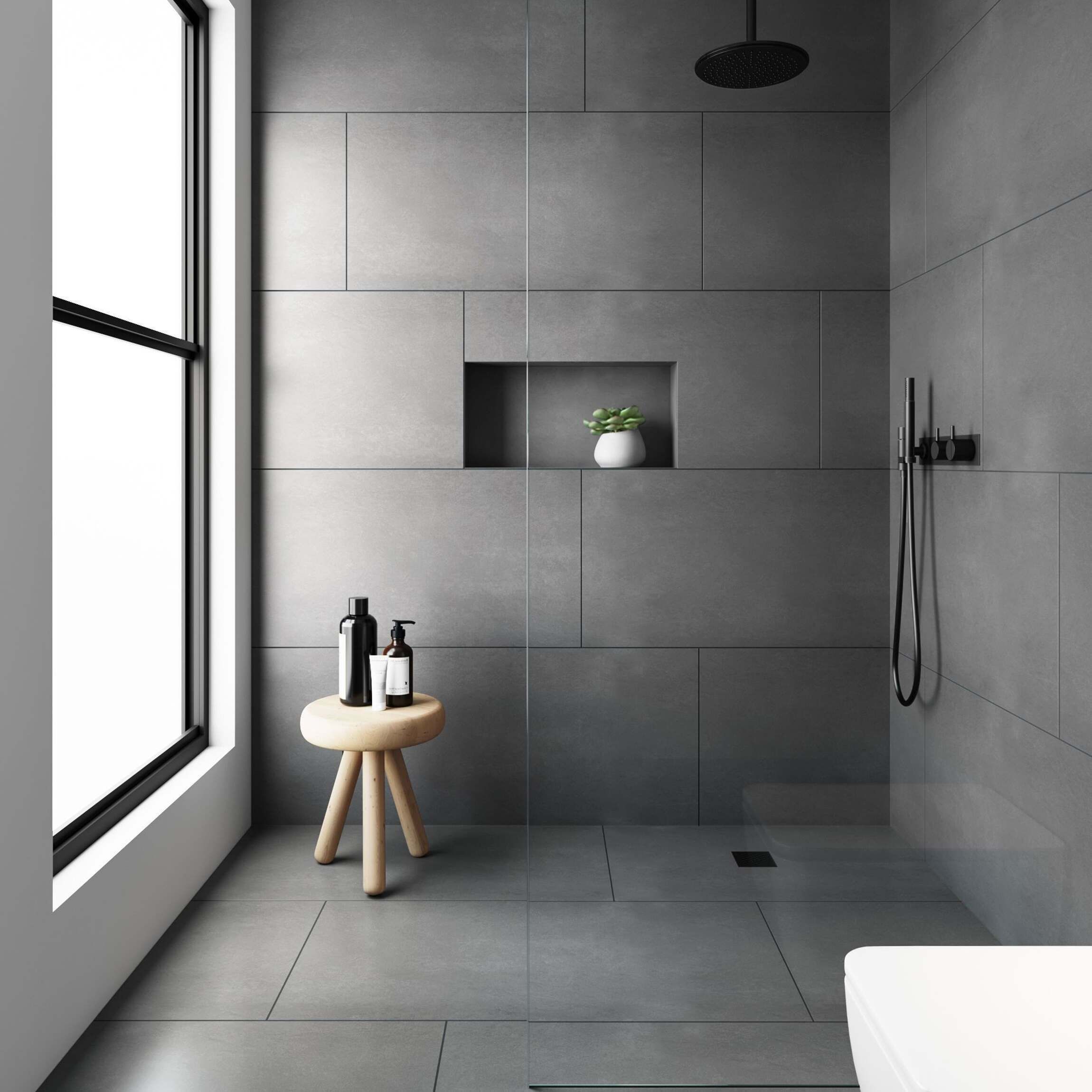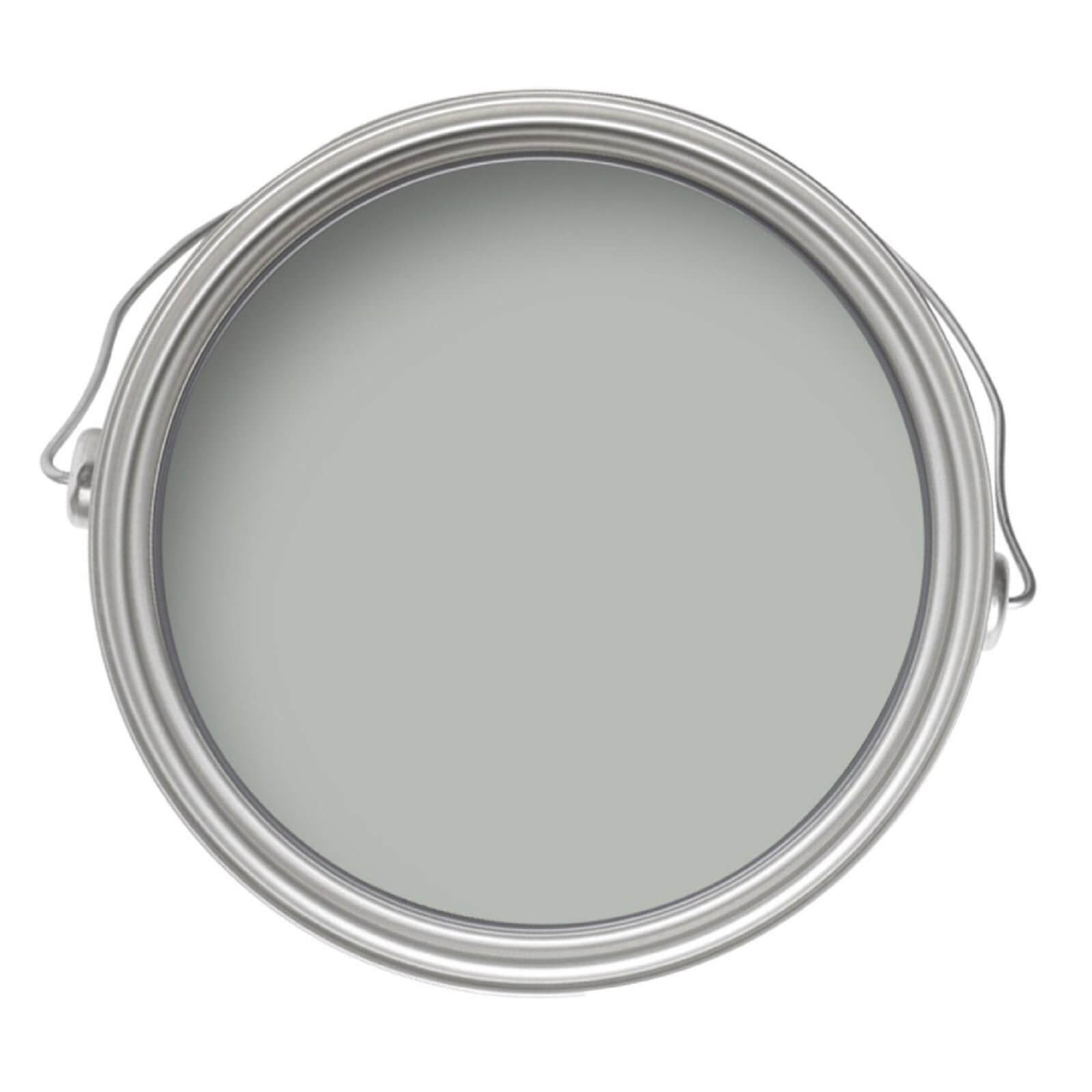Homebase Grey Bathroom Paint

Transforming your bathroom into a tranquil sanctuary is a journey of color, and grey, with its timeless elegance and versatility, is a perfect choice for achieving that serene ambiance. Homebase offers a wide array of grey bathroom paint colors, each with its own unique personality, ready to elevate your bathroom’s aesthetic appeal.
The Psychology of Grey in Bathroom Design
Grey, a neutral color, exudes a sense of calmness and sophistication, making it an ideal choice for a bathroom. Its ability to create a tranquil and relaxing atmosphere makes it perfect for a space where you unwind and rejuvenate. Grey’s versatility allows it to complement a wide range of color palettes and styles, from modern and minimalist to traditional and rustic. It also serves as a beautiful backdrop for highlighting statement pieces like colorful towels or decorative accents.
Popular Grey Bathroom Paint Colors from Homebase
Homebase offers a variety of grey paint colors, each with its own unique hue and character. Here are some popular options, along with their color codes:
- Stone Grey (Color Code: 10BB 20): A classic grey with a warm undertone, Stone Grey is a versatile choice for any bathroom style. It creates a sense of serenity and sophistication.
- Silver Birch (Color Code: 10BB 30): A light grey with a subtle hint of blue, Silver Birch adds a touch of coolness and elegance to the bathroom. It’s a perfect choice for smaller bathrooms, as it can make the space feel larger.
- Slate Grey (Color Code: 10BB 40): A deep and dramatic grey, Slate Grey adds a touch of sophistication and modernity to the bathroom. It’s a great choice for creating a bold statement.
- Charcoal Grey (Color Code: 10BB 50): A rich and warm grey, Charcoal Grey is a versatile choice for any bathroom style. It creates a sense of warmth and comfort.
Choosing the Right Shade of Grey
Selecting the perfect shade of grey for your bathroom is a crucial step in achieving the desired ambiance. Several factors play a role in this decision, including:
- Bathroom Size: Lighter shades of grey, such as Silver Birch, can make a small bathroom feel larger and more spacious. Darker shades, like Slate Grey, can make a large bathroom feel more intimate and cozy.
- Lighting: Natural light can affect the appearance of grey paint. In a bathroom with abundant natural light, a cool-toned grey might be a good choice, while a warm-toned grey might be better suited for a bathroom with less natural light.
- Personal Preferences: Ultimately, the best shade of grey for your bathroom is the one that you love the most. Consider your personal style and the overall feel you want to create.
Creating a Grey Bathroom Oasis: Homebase Grey Bathroom Paint

Grey is a versatile color that can create a sense of calm and sophistication in any bathroom. By incorporating different shades of grey, you can achieve a multi-dimensional look that is both stylish and inviting.
Complementary Colors for Grey Bathrooms
Pairing grey with complementary colors can enhance its beauty and create a balanced and harmonious atmosphere.
- White: A classic choice that complements grey beautifully. It adds brightness and creates a sense of spaciousness. For a clean and modern aesthetic, consider using crisp white fixtures and accents.
- Black: For a dramatic and sophisticated look, black adds a touch of contrast and depth. Use black accents, such as towel bars, faucets, or storage baskets.
- Warm Neutrals: Shades of beige, cream, and taupe can create a warm and inviting ambiance. These colors complement grey by adding a touch of warmth and richness.
- Bold Colors: For a vibrant and energetic feel, introduce a pop of color like teal, mustard yellow, or coral. Use these colors in accents, such as towels, rugs, or artwork.
Grey Bathroom Styles, Homebase grey bathroom paint
Grey paint is a perfect canvas for various bathroom styles.
- Modern: Grey is a staple in modern bathroom design. Use a light grey as the base color and pair it with sleek fixtures, geometric tiles, and minimal accents.
- Minimalist: Embrace simplicity with a minimalist grey bathroom. Opt for a light grey paint and keep the decor to a minimum. Use a few carefully chosen accessories and focus on clean lines and functionality.
- Farmhouse: Grey can create a cozy and inviting farmhouse feel. Choose a warm grey paint and pair it with rustic elements, such as wood accents, woven baskets, and vintage fixtures.
- Industrial: Grey is a popular choice for industrial bathrooms. Use a dark grey paint and incorporate metal accents, exposed brick, and vintage lighting fixtures.
Grey Bathroom Paint

Choosing the right paint for your bathroom is a crucial decision. While grey bathroom paint offers a contemporary and versatile aesthetic, it’s essential to consider its practical implications. This section will delve into the advantages and disadvantages of using grey paint in a bathroom, along with essential preparation tips and techniques for achieving a flawless finish.
Practical Considerations for Grey Bathroom Paint
Grey paint’s versatility makes it a popular choice for bathrooms, but it’s crucial to understand its properties. Grey bathroom paint, when properly applied, can enhance a bathroom’s atmosphere, but it’s essential to address the challenges it might present.
Advantages
- Versatility: Grey’s neutral nature complements various styles, from modern to traditional, making it a safe choice for any bathroom design.
- Light Reflection: Lighter shades of grey can reflect light, making small bathrooms feel more spacious and airy.
- Mood Enhancement: Grey can evoke a sense of tranquility and sophistication, contributing to a calming bathroom environment.
Disadvantages
- Moisture Resistance: Grey paint’s moisture resistance can vary depending on the type and quality. Using a paint specifically designed for bathrooms is crucial to prevent mold and mildew growth.
- Color Perception: Grey can appear different under various lighting conditions. Natural light can make it appear warmer, while artificial light might make it look colder. Consider testing paint samples in your bathroom under different lighting to get a realistic idea of its appearance.
- Cleanliness: Grey paint, especially lighter shades, can show dirt and stains more readily. Regular cleaning is essential to maintain its appearance.
Preparing a Bathroom for Painting
Proper preparation is key to achieving a smooth and long-lasting paint finish. This section provides a comprehensive guide to preparing your bathroom for painting.
Surface Cleaning
- Remove All Obstacles: Clear the bathroom of furniture, fixtures, and any other items that might hinder the painting process.
- Clean the Surfaces: Thoroughly clean the walls and ceiling with a mild detergent and water. Rinse thoroughly to remove any residue. Pay special attention to areas prone to mildew, such as around the shower or bathtub.
- Dry Completely: Ensure the surfaces are completely dry before proceeding to the next step.
Patching and Filling
- Identify and Repair Imperfections: Inspect the walls and ceiling for cracks, holes, or other imperfections. Use a patching compound to fill these imperfections, smoothing the surface with a putty knife.
- Allow to Dry: Let the patching compound dry completely according to the manufacturer’s instructions.
- Sand Smooth: Once dry, sand the patched areas with fine-grit sandpaper to create a smooth, even surface.
Priming the Bathroom Surfaces
- Purpose of Priming: Priming is essential to ensure proper paint adhesion and prevent the underlying surface from showing through the final coat.
- Choose a Suitable Primer: Select a primer specifically designed for bathrooms, as it will offer better moisture resistance and prevent mold growth.
- Apply Evenly: Use a roller or brush to apply the primer evenly to all surfaces. Allow the primer to dry completely before applying the final coat of paint.
Applying Grey Bathroom Paint
Applying grey paint requires precision and attention to detail. This section provides tips for achieving a smooth and even finish.
Choosing the Right Paint
- Consider Finish: Choose a paint finish that suits your bathroom’s style and needs. Matte finishes are less reflective and hide imperfections well, while satin and gloss finishes are more durable and washable.
- Moisture Resistance: Select a paint specifically formulated for bathrooms to ensure moisture resistance and prevent mold growth.
- Color Depth: Consider the depth of grey you want to achieve. Lighter shades can make a bathroom feel more spacious, while darker shades can create a more intimate atmosphere.
Techniques for Smooth Application
- Prepare the Paint: Stir the paint thoroughly to ensure even consistency.
- Use a Quality Roller: Choose a roller with a nap length suitable for the surface texture. A shorter nap is ideal for smooth surfaces, while a longer nap is better for textured surfaces.
- Apply Thin Coats: Apply thin, even coats of paint, allowing each coat to dry completely before applying the next.
- Use a Brush for Corners and Edges: Use a brush to paint corners, edges, and around fixtures, ensuring a smooth transition between the roller and brush strokes.
Achieving Different Finishes
- Matte Finish: For a less reflective, more forgiving finish, choose a matte paint. It’s ideal for hiding minor imperfections.
- Satin Finish: Satin finishes offer a subtle sheen and are more durable and washable than matte finishes. They’re a good choice for high-traffic areas.
- Gloss Finish: Gloss finishes are the most durable and washable but also the most reflective. They can highlight imperfections and are often used for trim or accents.
